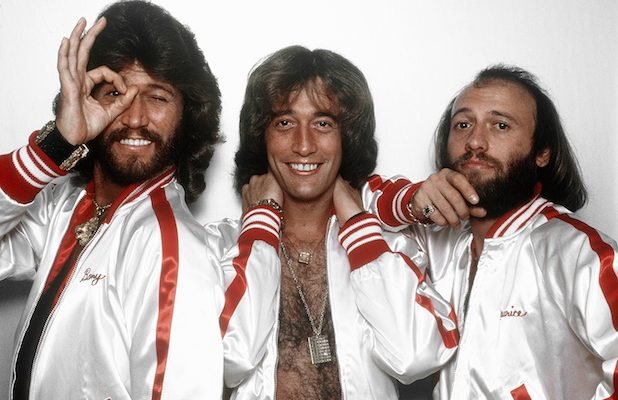
The Bee Gees, one of the most iconic groups of the 20th century, left an indelible mark on the music industry. From disco fever to soulful ballads, the Gibb brothers—Barry, Robin, and Maurice—created a sound that has transcended generations. Now, years after their heyday, the question remains: Why do the Bee Gees continue to captivate music lovers worldwide?
The answer lies not only in their timeless hits but in the innovative ways the Bee Gees approached music. With songs like “Stayin’ Alive,” “Night Fever,” and “How Deep is Your Love,” they crafted melodies that have become cultural touchstones. Their unmistakable falsetto harmonies and disco beats brought a unique flavor to the music scene of the 1970s, cementing their reputation as pioneers of the genre.
But the Bee Gees were more than just disco legends. As songwriters, they had a profound impact on music, having written or co-written over 1,000 songs for themselves and other artists, including Diana Ross, Barbra Streisand, and Dolly Parton. This adaptability has kept their music relevant even as tastes and trends have evolved.
Today, their influence can be heard in contemporary artists, from pop to electronic and even indie genres. Many artists credit the Bee Gees with inspiring their approach to harmony, songwriting, and performance. Additionally, recent biopics and documentaries have reintroduced younger audiences to the Bee Gees’ story, reviving interest in their music and legacy.
With Barry Gibb as the last surviving member, fans are eager to celebrate the group’s contributions, keeping their memory alive through tribute tours, reissued albums, and special remixes that bring a fresh twist to classic Bee Gees hits. For fans, both old and new, the Bee Gees’ music is a reminder of a golden era in music that continues to resonate across generations.




